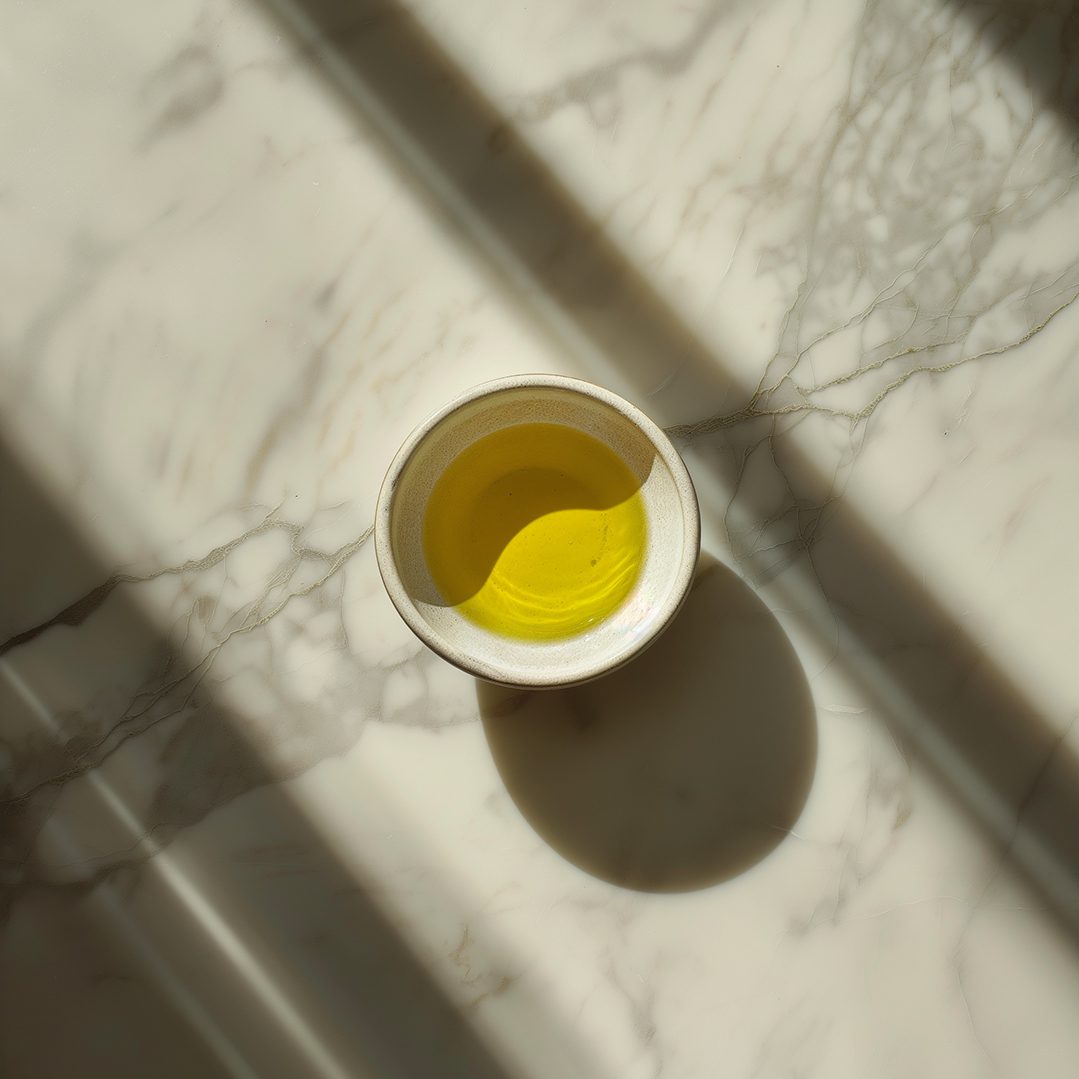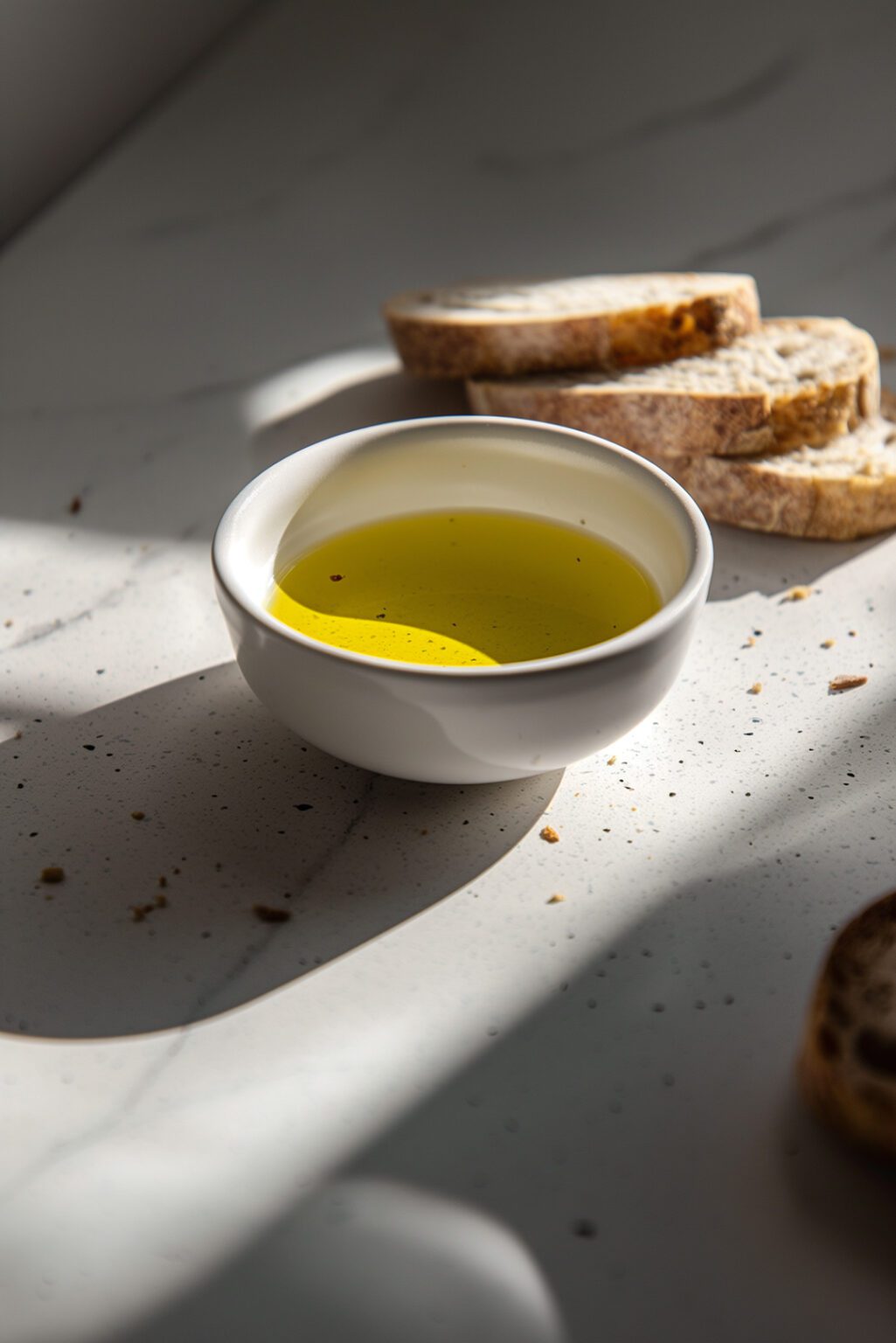The sensations we perceive in response to these stimuli constitute the emotional synthesis of the experience. In this way, we are able to fully appreciate the qualities of extra virgin olive oil and immerse ourselves in a unique sensorial experience.
Please notice:
Before starting, it is important to consider several aspects that go beyond sensory analysis. It is essential to clarify that, before being tasted, an oil must have been stored in the best possible conditions. In fact, if the oil has been exposed to excessive temperatures or has spent several days under the sun, the quality of the product inevitably suffers compared to the time since it left the mill. This leads to an alteration and compromise of its organoleptic characteristics. Furthermore, it is advisable to pay particular attention to the production season indicated on the back label, since a more recent oil (from the same line) will be of better quality.


